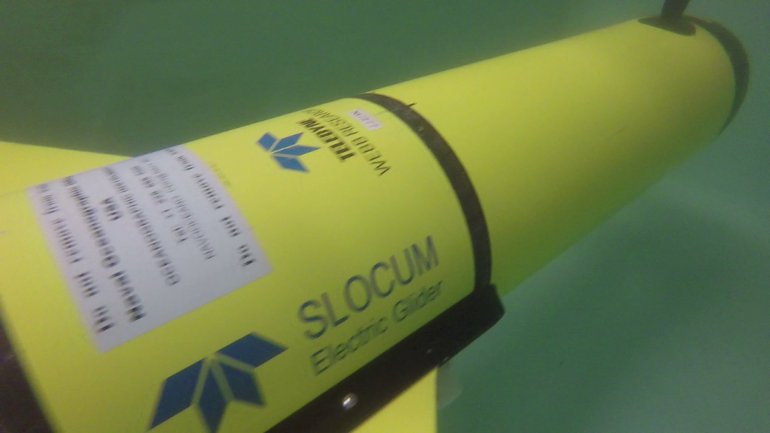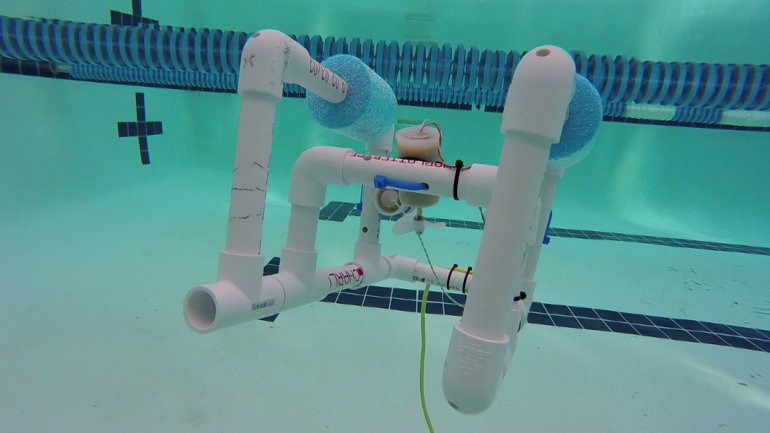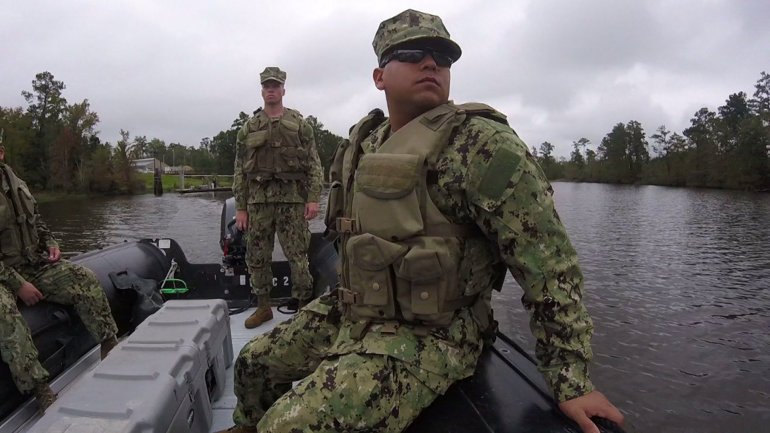Did you know the largest employer at Stennis Space Center is actually the US Navy? One of their many projects they are working on deals with unmanned, underwater vehicles. But the Navy doesn’t just operate these vehicles at Stennis, it’s also where the research and development of these systems happen.
Rear Admiral Tim Gallaudet explains Stennis Space Center can be a one stop shop for the underwater, unmanned vehicle program: “We do it all here. There’s a naval research lab facility here right next door to our headquarters command here. They do much of the research and development for unmanned systems and the sensors that are on board them.”
Stennis allows a broad assortment of scientists to work together. There are a bunch of different research centers on campus that can work together to accomplish a common goal. From the military personnel, the research laboratories, industries and academia all come together at the complex. This type of cooperation is only possible in a few places here in the U.S.
In order to keep the advancements coming, the Navy must also attract the best and brightest minds to help in their research. One of the ways to do that is through the SeaPerch program, which encourages kids to study math and sciences by building basic underwater vehicles and using them to do a series of tasks.
David Young, with the U.S. Naval Research Laboratory, tells us the tasks almost always are going to have something where they’re picking something up underwater, moving it, relocating it, putting it in something or bringing it back to the side
The hope is that by engaging students in math, science and technical education at an earlier age, the students will then go on and study those degrees in college, even if they don’t end up working with the Navy.
So by focusing their energy on preparing today’s youth for the future, the hope is that research will continue with the brightest minds available.
This in turn allows for better research, better development and more efficient operations across the globe. All of which start from our own backyard.


























